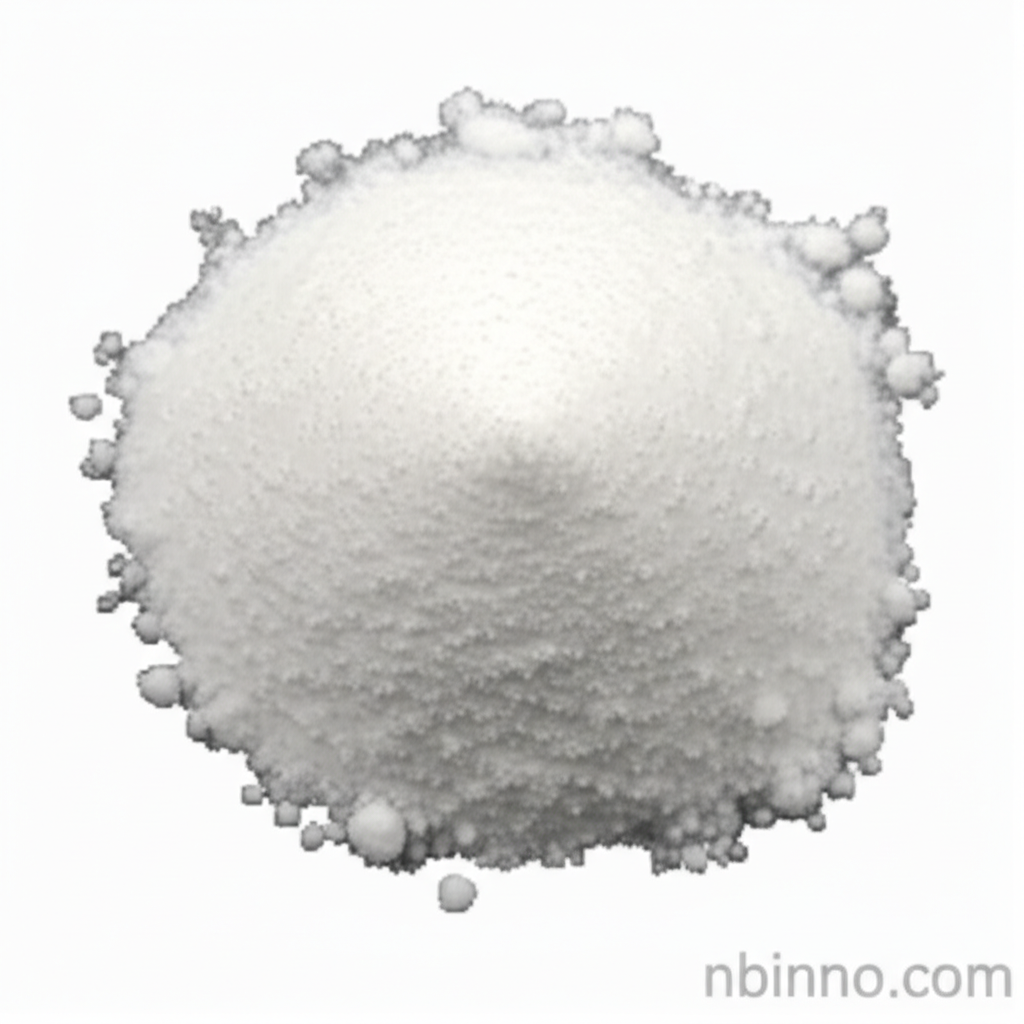5-Chloro-2-hydroxyphenylboronic Acid: A Key Intermediate in Chemical Synthesis
Discover the versatile applications and chemical properties of this vital boronic acid derivative.
Get a Quote & SampleProduct Core Value

5-Chloro-2-hydroxyphenylboronic Acid
This compound is a critical fine chemical intermediate, widely utilized in organic synthesis, particularly in the renowned Suzuki reaction. Its unique structure, featuring both a chlorine and a hydroxyl group on a phenylboronic acid core, makes it an invaluable building block for creating more complex molecules.
- Leverage the power of Suzuki coupling to synthesize advanced organic compounds using 5-chloro-2-hydroxyphenylboronic acid.
- Explore the potential of this chemical building block in developing new pharmaceutical intermediates.
- Source high-quality 5-chloro-2-hydroxyphenylboronic acid for your research and development needs.
- Understand the critical role of CAS 89488-25-5 in the landscape of fine chemical manufacturing and supply chains.
Key Advantages
Versatile Reactivity
The presence of the boronic acid moiety, combined with the chloro and hydroxyl substituents, offers diverse reactivity pathways, making it a sought-after component in complex molecular design.
Broad Application Scope
This compound is a cornerstone for creating advanced organic molecules, finding utility in areas from pharmaceutical research to materials science, underscoring its importance as a chemical intermediate.
Reliable Sourcing
Availability from reputable 5-chloro-2-hydroxyphenylboronic acid suppliers ensures consistent quality and supply for ongoing research and production requirements.
Key Applications
Organic Synthesis
As a key participant in the Suzuki reaction, it facilitates the formation of carbon-carbon bonds, crucial for building intricate organic structures in pharmaceutical and agrochemical research.
Pharmaceutical Intermediates
Its structure is amenable to modification, making it a valuable starting material or intermediate in the synthesis of Active Pharmaceutical Ingredients (APIs), aligning with the demand for pharmaceutical intermediates.
Materials Science
The unique properties of this boronic acid can be leveraged in the development of new materials, potentially in areas like optoelectronics or specialized polymers.
Chemical Research
Researchers frequently use this compound to explore novel chemical transformations and discover new molecular entities, highlighting its role in advancing chemical knowledge.
